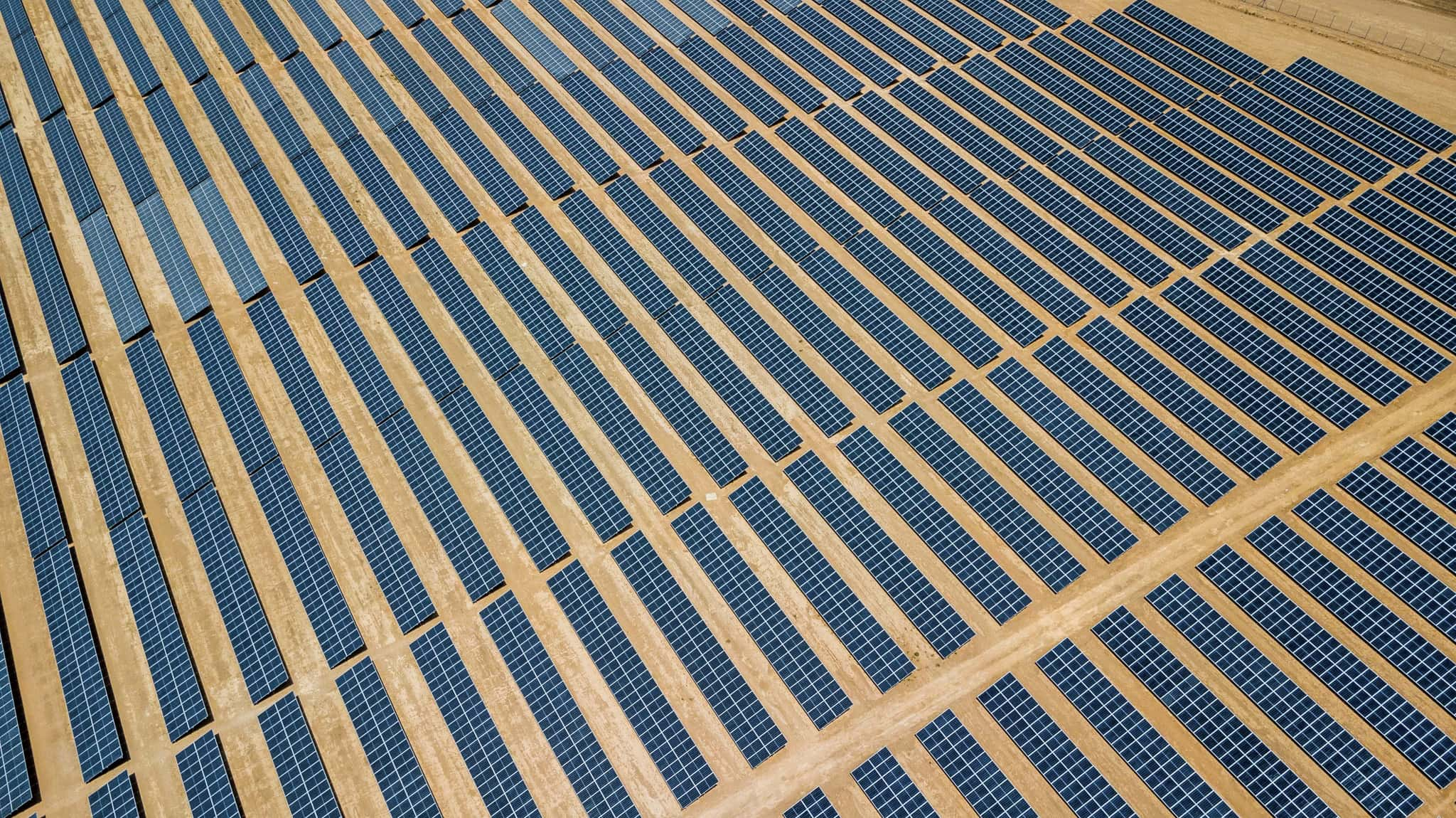
Sustainability has become a pressing issue in today’s world, and many communities are taking action to address it. One way to make a positive impact is by starting a sustainability project in your neighborhood. Not only does this help the environment, but it also brings the community together and creates a sense of ownership and pride.
In this guide, we will provide information on how you can start successful sustainability projects in your neighborhood. We will cover everything from identifying the problem to implementing solutions and engaging with your community.
Identify the Problem
The first step in starting any project is identifying the problem or issue that needs to be addressed. In terms of sustainability, there are many issues that could be affecting your neighborhood, such as waste management, energy consumption, or pollution.
Take some time to research and assess the current state of sustainability in your neighborhood. This could involve conducting surveys, talking to community members, and gathering data from local authorities or organizations. By identifying the problem areas, you can focus your efforts on making a meaningful impact.
Set Goals and Objectives
Once you have identified the problem, it’s important to set clear goals and objectives for your project. These will serve as a roadmap for your project and help keep you focused on achieving tangible results.
When setting goals, make sure they are specific, measurable, achievable, relevant, and time-bound (SMART). For example, if your project aims to reduce waste in the neighborhood, a SMART goal could be “Reduce household waste by 20% within 6 months.”
Develop a Plan
With goals and objectives in place, it’s time to develop a plan for how you will achieve them. This should include specific actions and strategies that align with your goals.
Some ideas for sustainability projects in your neighborhood could include implementing recycling programs, organizing community clean-up events, or installing energy-efficient infrastructure. Be creative and think about what would have the most impact in your community.
Implement and Monitor
Once you have your plan and resources in place, it’s time to put your ideas into action. Make sure to track progress towards your goals and adjust strategies if necessary. This could involve collecting data, conducting surveys, or holding regular meetings with stakeholders.
It’s also important to communicate updates and successes with the community to keep them engaged and motivated. By monitoring progress, you can ensure that your sustainability project is making a positive impact and make adjustments as needed.

